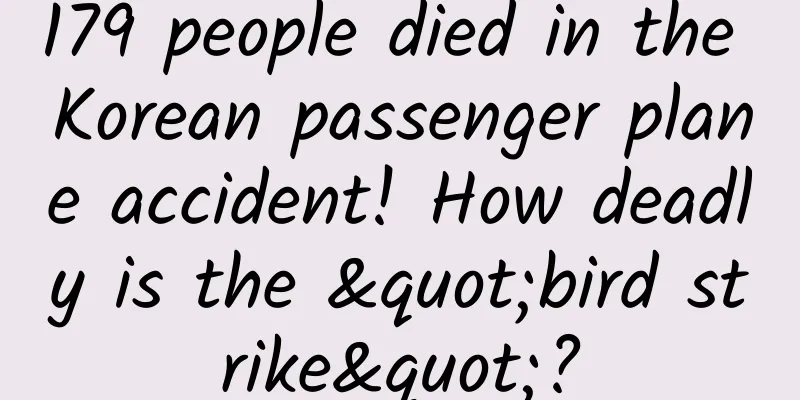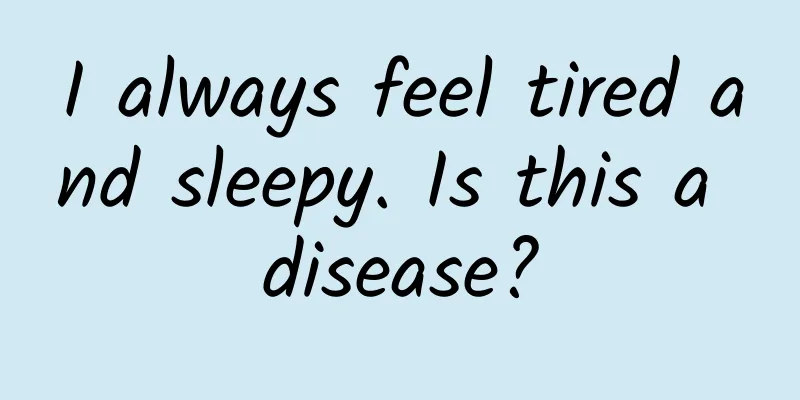CEEP-BIT: Review and Outlook of China's Carbon Market (2022)

|
The China Carbon Market Review and Outlook (2022) points out that the overall operation of the national carbon market is currently stable. As of the end of 2021, the cumulative trading volume of carbon emission allowances (CEA) in the national carbon market reached 179 million tons, with a turnover of 7.684 billion yuan. The cumulative trading volume of carbon emission allowances in the seven pilot carbon markets, including Beijing, Tianjin, Shanghai, and Chongqing, reached 483 million tons, with a turnover of 8.622 billion yuan. The pilot carbon market is expected to continue to run in parallel with the national carbon market for a period of time, and gradually transition to the national carbon market. Data shows that since the national carbon market started online trading on July 16, 2021, it has been running for a total of 114 trading days, and the compliance completion rate in the first compliance cycle has reached 99.5%, which is a good situation. Its daily average transaction price fluctuates in the range of 40-60 yuan/ton, basically remaining stable. However, the total quota of the national carbon market is about 4.5 billion tons. According to the current trading volume, its market transaction turnover rate is about 3%. Compared with the 417% turnover rate of the most active EU carbon market in the world, the national carbon market is still in its early stages of development, and there is still much room for improvement in market activity. In terms of pilot carbon markets, the "China Carbon Market Review and Outlook (2022)" pointed out that during the period of 2020-2021, the operating results of the seven pilot carbon markets were different. Among them, the carbon markets in Guangdong and Hubei performed well, and the Chongqing carbon market performed the worst. This is related to the design of Chongqing's quota allocation mechanism and carbon emission trading system. Its trading subjects are relatively single, the inclusion threshold is high, and relatively few companies are included. With the implementation of the de-capacity policy, many traditional industrial enterprises have been closed one after another, making fewer and fewer companies eligible for trading conditions. At present, there are still large differences in the quota allocation mechanism, MRV (quantification and data quality assurance process of carbon emissions) supervision mechanism and default penalties of different carbon markets. The PDF version will be shared on 199IT Knowledge Planet, just scan the QR code below! |
<<: Water army or tap water? A glimpse into the development of popular IP
>>: Jiwei.com: Tesla's orders surged 100% in some parts of the United States
Recommend
Is it possible to start a business with 0 cost? 5 zero-cost side hustle projects! Each one is regular and long-lasting
Is it possible to start a business with 0 cost? S...
Will eating persimmons on an empty stomach cause kidney stones? Will eating persimmons make anemia patients' condition worse? Pay attention to these 3 points and eat persimmons without worry →
gossip Autumn is a time for abundant harvests. Th...
Playing with Douyin, from 0 to 1, from attracting fans to making money...
“ Tik Tok in the south, Kuaishou in the north”! W...
Is there a big "X" in the universe? It's a unique radio galaxy formed by a supermassive black hole!
Jets of galaxies are extending out into space, an...
The VR concept is being hyped up in the A-share market. Is it virtual or real?
At the end of last year, VR company Ant Vision Te...
Audi poaches Volvo to fill vacant technical development director position
(Peter Mertens shows the S90) According to Reuter...
How to achieve a closed-loop traffic flow through short video promotion? !
With the popularity of short videos and live broa...
After testing hundreds of pieces, many families still use these high-risk products
"Dad's Laboratory" has been providi...
Which Wenchang Pagoda is the most effective? The truth is finally revealed!
Wenchang Tower is the most common Feng Shui masco...
How can we intelligently deal with the Spring Festival travel rush?
As the Lunar New Year approaches, the Spring Fest...
Interpretation of the May sales ranking: Ideal is back on track, Xpeng is gradually falling behind, and Huawei and Xiaomi each show their shortcomings
In the first two days of June, new energy vehicle...
4 elements + 5 tricks, you can leverage Father’s Day marketing to be full of dad spirit!
In holiday marketing, we should take into account...
What channels are used to purchase traffic for mobile games? This article tells you!
I recently spent two weeks traveling around the c...
Wang Xuehong is obsessed with VR: HTC CEO may fall into industry misunderstanding
At the recently concluded MWC2016, VR once again ...
Troubleshooting starts with error code 406
background A while ago, I was suddenly informed b...









